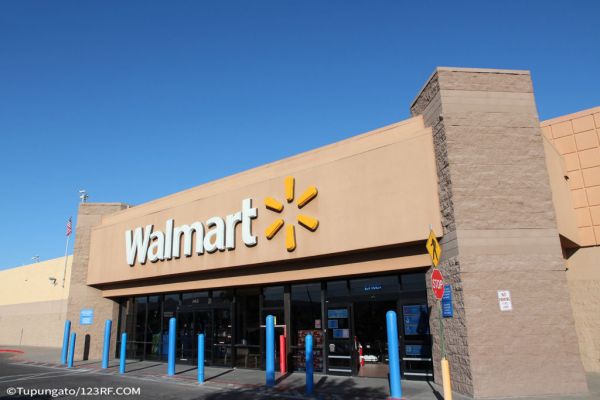U.S. consumer prices rose less than expected for a second straight month in November amid decreases in the costs of gasoline and healthcare, leading to the smallest annual increase in inflation in nearly a year.
Underlying consumer prices advanced by the least in 15 months, the report from the Labor Department on Tuesday also showed, clearing the way for the Federal Reserve to start scaling back the size of its interest rate hikes on Wednesday.
While Americans still faced higher costs for rental housing, economists expected a moderation next year. The report was published as officials at the U.S. central bank gathered for their final two-day policy meeting of the year.
The Fed, in the midst of its fastest rate-hiking cycle since the 1980s, is expected to lift its benchmark overnight interest rate by 50 basis points Wednesday, snapping a string of four straight 75-basis-point increases. Economists still expected the Fed to maintain its monetary policy tightening campaign at least through the first quarter of 2023.
Consumer Price Index
The consumer price index increased 0.1% last month after advancing 0.4% in October. Economists polled by Reuters had forecast the CPI would increase 0.3%.
Gasoline prices dropped 2.0%. The cost of natural gas fell as did prices for electricity. Food prices climbed 0.5%, the smallest since December 2021, after rising 0.6% in October.
Food Prices
The cost of food consumed at home gained 0.5%, driven by fruits and vegetables, cereals and nonalcoholic beverages. But meat, fish and eggs cost less.
President Joe Biden welcomed the decline in gasoline prices and moderation in the cost of food ahead of the festive season.
"Make no mistake, prices are still too high," Biden said in a statement. "But things are getting better, headed in the right direction."
In the 12 months through November, the CPI climbed 7.1%. That was the smallest advance since December 2021, and followed a 7.7% rise in October. The annual CPI peaked at 9.1% in June, which was the biggest increase since November 1981. Inflation remains above the Fed's 2% target.
Stocks on Wall Street rallied, with the benchmark S&P 500 .SPX scaling a three-month high. The dollar fell against a basket of currencies. U.S. Treasury yields tumbled.
Excluding the volatile food and energy components, the CPI increased 0.2%. That was the smallest gain in the so-called core CPI since August 2021 and followed a 0.3% rise in October. The core CPI was restrained by prices for used cars and trucks, which dropped 2.9% and were down for a fifth straight month.
"The broad improvements raise hopes price pressures are easing and the Fed will not have to tighten as much next spring," said Will Compernolle, a senior economist at FHN Financial in New York. "But it is still not quite the 'compelling' inflation improvement (Fed Chair Jerome) Powell needs to be convinced the Fed can pause soon."
News by Reuters, additional reporting by ESM – your source for the latest retail news. Click subscribe to sign up to ESM: European Supermarket Magazine.














